SpreadSheet
The Spreadsheet is a local data source designed for importing and editing tabular data.
Importing and Exporting
- Supported Formats: Import or export spreadsheets in CSV, XLSX, JSON, and XML formats.
- Exporting: Specify the desired file format when exporting your data (CSV, XLSX, JSON, and XML formats).
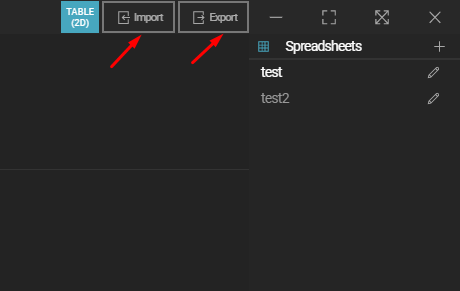
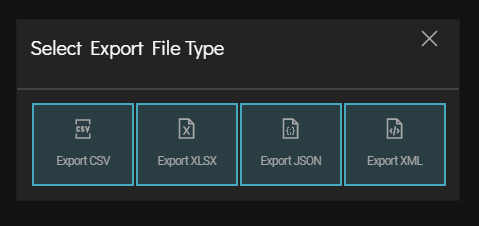
Editing the Table
Adding and Removing Rows
- Add Rows: Click the Add Row button on the bottom menu bar to add a new row.
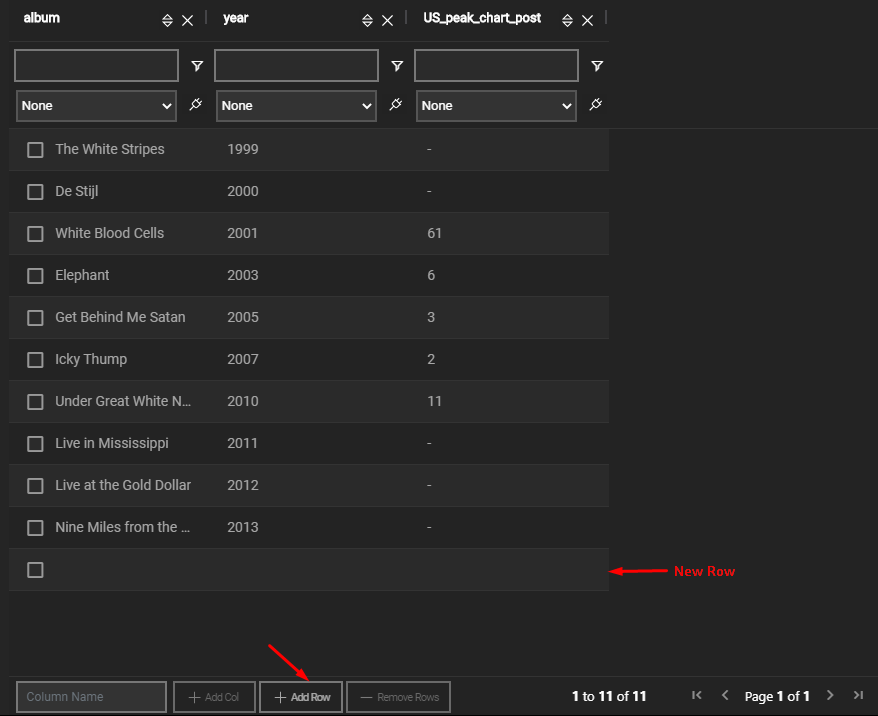
- Remove Rows: Select rows and click the Remove Row button to delete them.
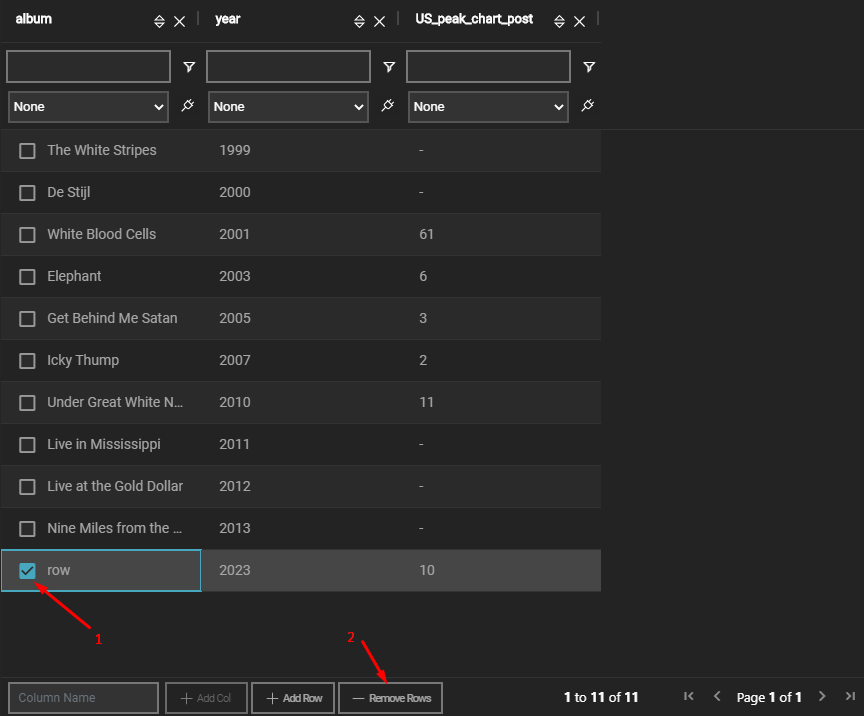
Adding and Removing Columns
- Add Columns: Input a column name and click the Add Col button to add a new column.

- Remove Columns: Click the X button in the top-right corner of the column to remove it.

Editing Cells
- Select a cell and input any value to change its content.

Resizing Columns
- Drag the column separators left or right to adjust the column width.

Navigating the Table
- Use the pagination controls at the bottom to switch between pages or jump to the first/last page.

Sorting and Filtering
Sorting Rows
- Sort rows by selecting a column and choosing ascending or descending order.

Filtering Rows
- Apply filters to rows based on column values. Filters in the editor do not affect connected visualizations or maps.
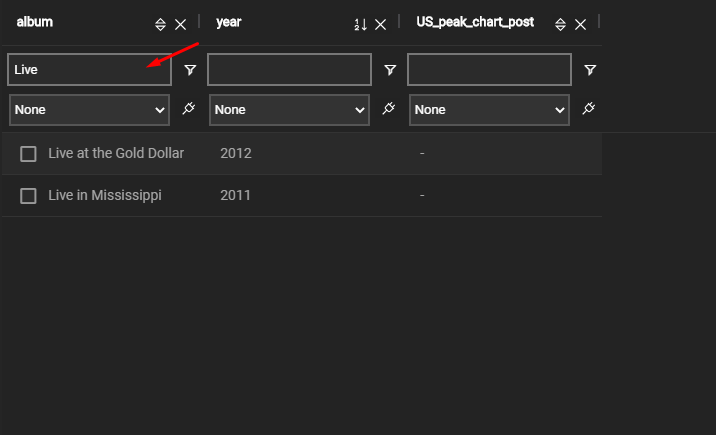
- Edit filters using search strings and logical operators.
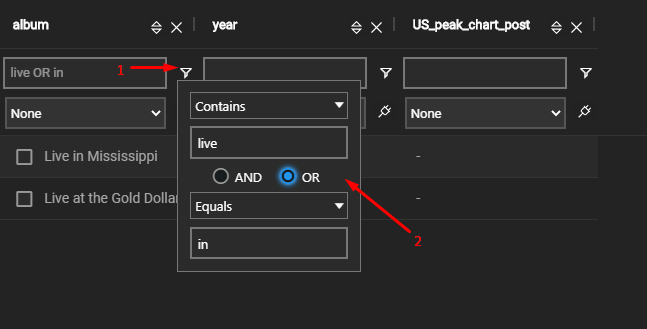
Data Formats and Visualization Integration
- Assign Data Formats: To use your data in visualizations, assign data formats to the columns.

- Examples:
- Identifying a column as Time enables temporal animations in visualizations.
- Identifying a column as Coordinates allows the data to be used in maps.
- DataFormat Tags: DataFormat tags appear at the top-right corner of the editor and indicate the supported formats for this source.
- Visualizations may require specific tags to use a data source.
- If a data source doesn’t appear in the visualization list, ensure the required tags are present.
For more details, please refer to the DataFormat documentation.